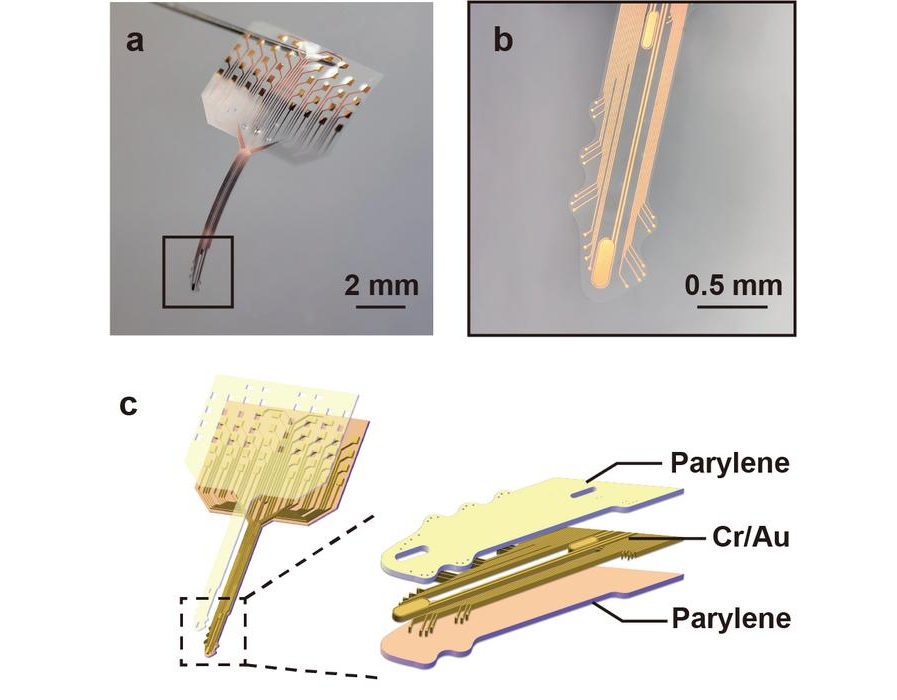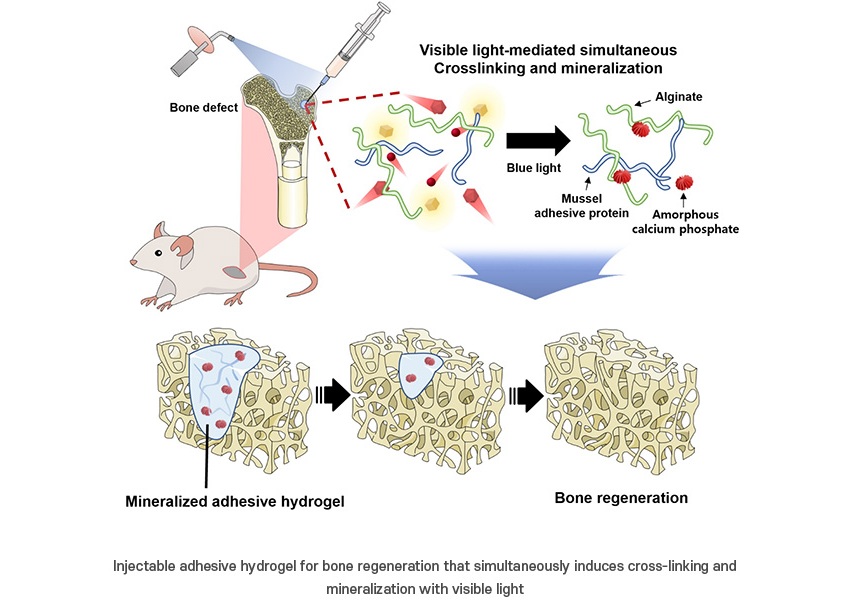New Test Predicts How Heart Attack Patients Will Respond to Mechanical Pumps
Posted on 15 Feb 2024
Cardiogenic shock, a life-threatening condition often triggered by a severe heart attack, impairs the heart's ability to adequately pump blood. To assist patients who experience cardiogenic shock, mechanical pumps known as percutaneous ventricular assist devices (VADs) are frequently utilized. These devices are inserted through the arteries and positioned across the aortic valve to aid the left ventricle – the heart chamber that pumps blood to most of the body's organs – in circulating blood. Typically, the VAD is removed after a week or so, once the heart regains its pumping capability. However, in some cases, VADs can disrupt the synchronous functioning of the heart's left and right ventricles, a complication observed in up to 43% of VAD recipients.
Researchers at MIT (Cambridge, MA, USA) conducted a study to understand the causes of this imbalance and identify predictive factors. The study aimed to understand the underlying reasons for this failure and to create a method for predicting its occurrence in patients. They also developed a test to help doctors anticipate this dysfunction in patients, thus aiding them in making informed decisions about using VADs. If doctors could foresee the need for right heart support, they might opt to implant an additional VAD for the right ventricle. Using an animal heart failure model, the researchers implanted a VAD in the left ventricle and observed various heart function metrics as the VAD's pumping speed was adjusted. They discovered that the key determinant in the right ventricle's response to VAD implantation was the pulmonary vascular system's ability to adapt to the VAD-induced changes in blood flow and volume. This adaptability was dependent upon the system's capacity to regulate resistance (slowing of steady blood flow) and compliance (accommodation of large blood volume pulses).
.jpg)
Furthermore, the researchers showed that assessing pulmonary vascular compliance and adaptability could predict patient response to left ventricular assistance. In a patient dataset, these measurements were consistent with the state of the right heart, confirming the adaptability to the VAD, thus validating the animal study results. To conduct this test, doctors would implant the VAD, then incrementally increase its speed while assessing the pulmonary vascular system's compliance. The researchers have established a metric for evaluating this compliance using the VAD and a commonly used pulmonary artery catheter. Going forward, the team aims to broaden these findings with more animal studies and continue collaborating with device manufacturers, to conduct clinical trials to determine the practicality and value of this test for medical professionals.
“We created this way to dynamically test the system while simultaneously maintaining support of the heart,” said Kimberly Lamberti, an MIT graduate student. “Once the device is initiated, this quick test could be run, which would inform clinicians of whether the patient might need right heart support.”
“The beauty of this study is that it uses pathophysiologic insight and advanced computational analyses to provide clinicians with straightforward guidelines as to how to deal with the exploding use of these valuable mechanical devices,” added Elazer Edelman, an MIT professor. “We use these devices increasingly in our sickest patients and now have greater strategies as to how to optimize their utility.”
Related Links:
MIT














